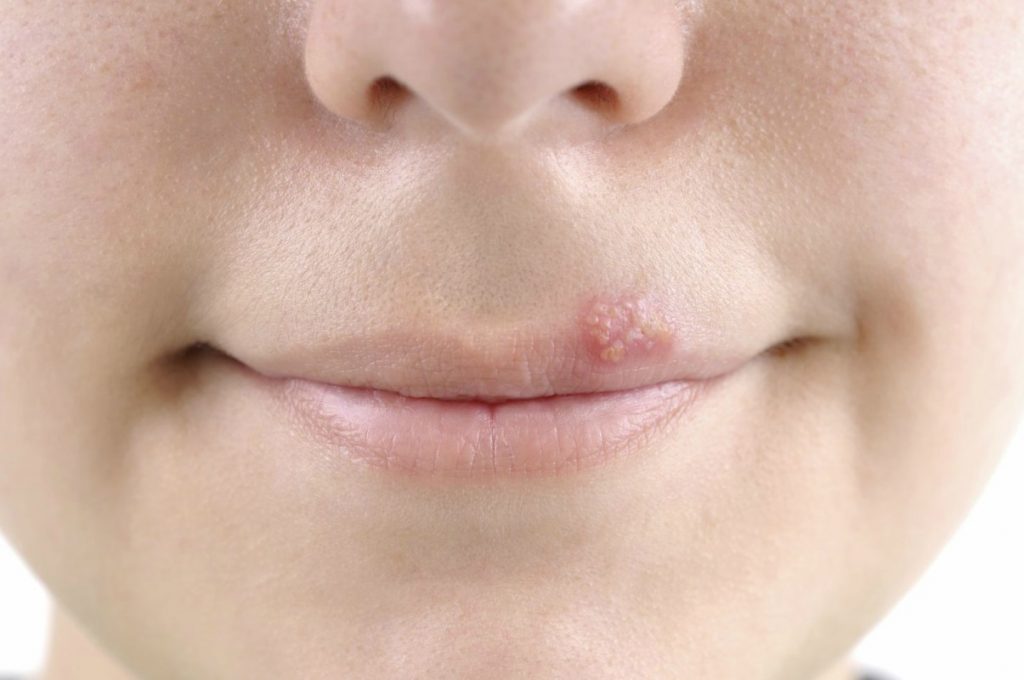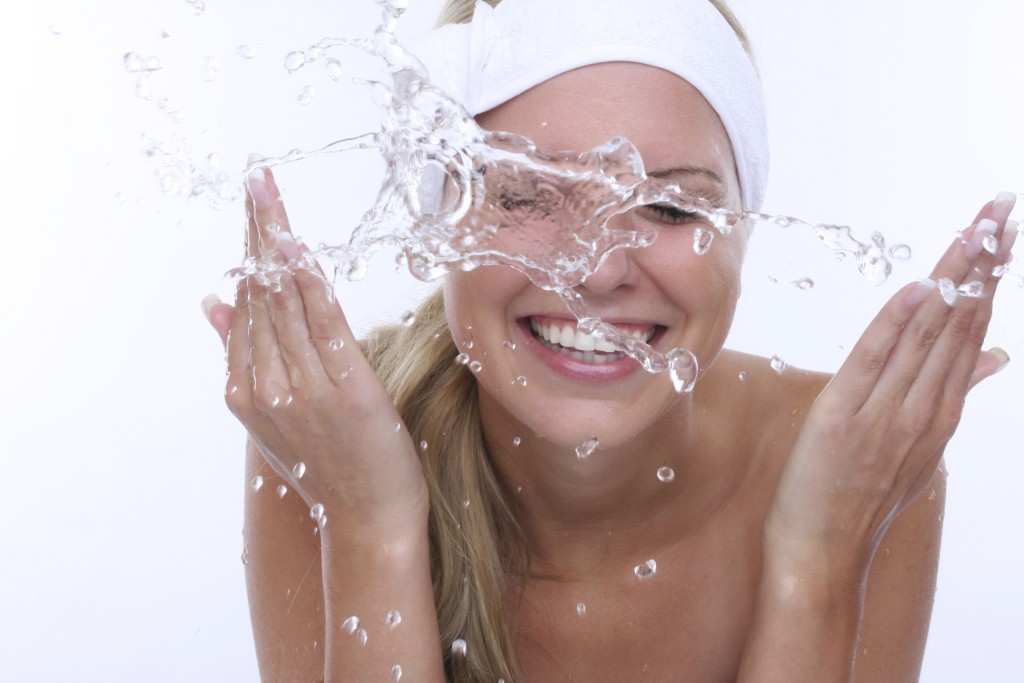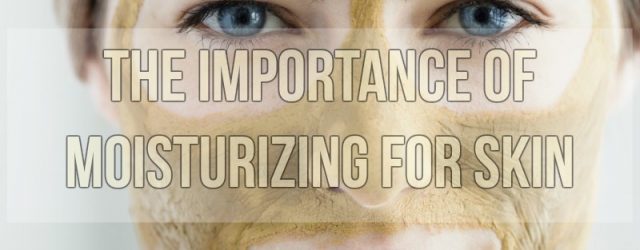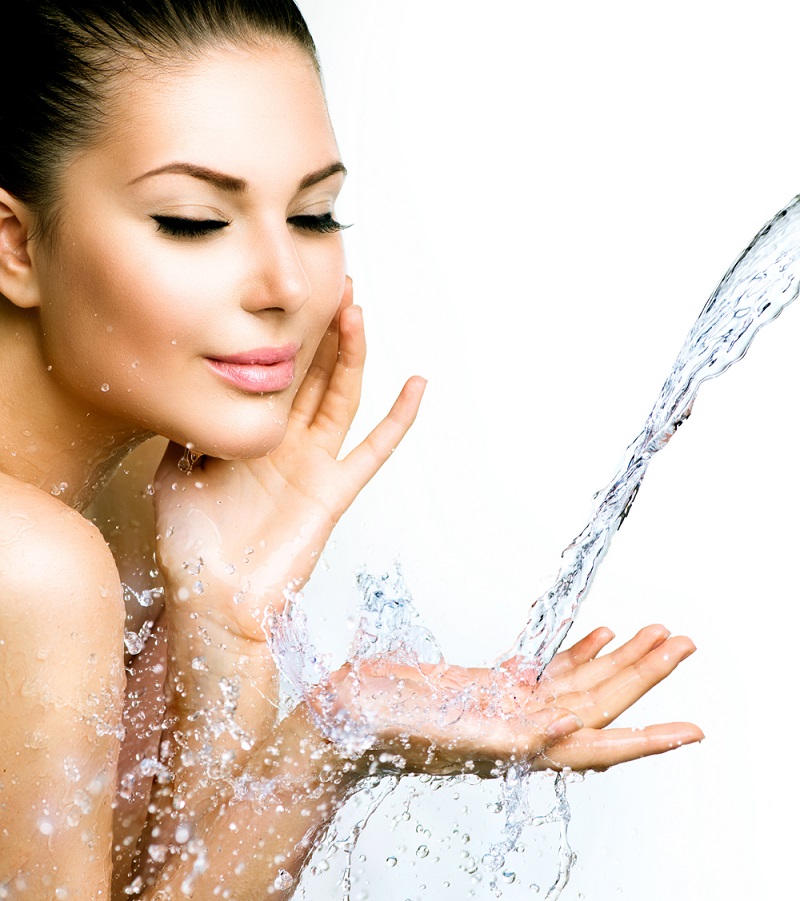Probiotics, nowadays, have been prominent in skin care. We are going to explain the usage and benefits of probiotics in skin care.
Probiotics, known as good bacteria, are now actively used in many skin care products. It has many benefits for our skin as well as our body.
Here are the skin benefits of probiotic:
Strengthens the skin barrier
Probiotics, which strengthen our skin barrier, which is worn out in daily life, protect our skin from external factors that damage our skin. We can think of this as our skin’s immune system. In this way, our weakened system is repaired and now it becomes a more durable place.
It speeds up skin repair
Faster healing of wounds or spots on the skin after acne is important for everyone. Probiotics rush to help as a solution to the wounds we want to heal immediately.
Protects the skin from bad bacteria
Good bacteria fight bad bacteria is actually that simple. It tries to protect our skin from bacteria that damage our skin, disrupt the pH balance and reach our skin in various ways.
Reduces redness
We said that probiotics strengthen the skin barrier. Probiotics allow your skin to fight off all these sensitivities when it is irritated or otherwise reddened.
It accelerates collagen production in the skin
They play a big role in cell renewal thanks to the acceleration of collagen production. In this way, while contributing to the repair of your skin, it will provide a fresher look and revitalization of your skin.
Makes the skin look fuller than it is
It will make your skin look more vigorous than you are, thanks to the vibrant appearance it creates on the skin. In this way, you can avoid the depression and fatigue we experience on your face due to external factors you are exposed to in daily life.
Increases the moisture content
Our skin needs a lot of moisture, especially in winter. Probiotics, which help prevent the loss of moisture that we try to compensate by drinking water, thus soften your skin and relieve tension. In this way, it helps you get rid of dryness.
Provides PH balance
Maintaining the pH balance is very important for our skin health. The wrong skin care products we use over time may cause this balance to deteriorate. Probiotics help you to compensate for that just a little bit.
Reduces aging indicators
As a result of the preservation of the moisture in the skin, probiotic skin care products that relieve the tension on the skin help prevent wrinkles.

























